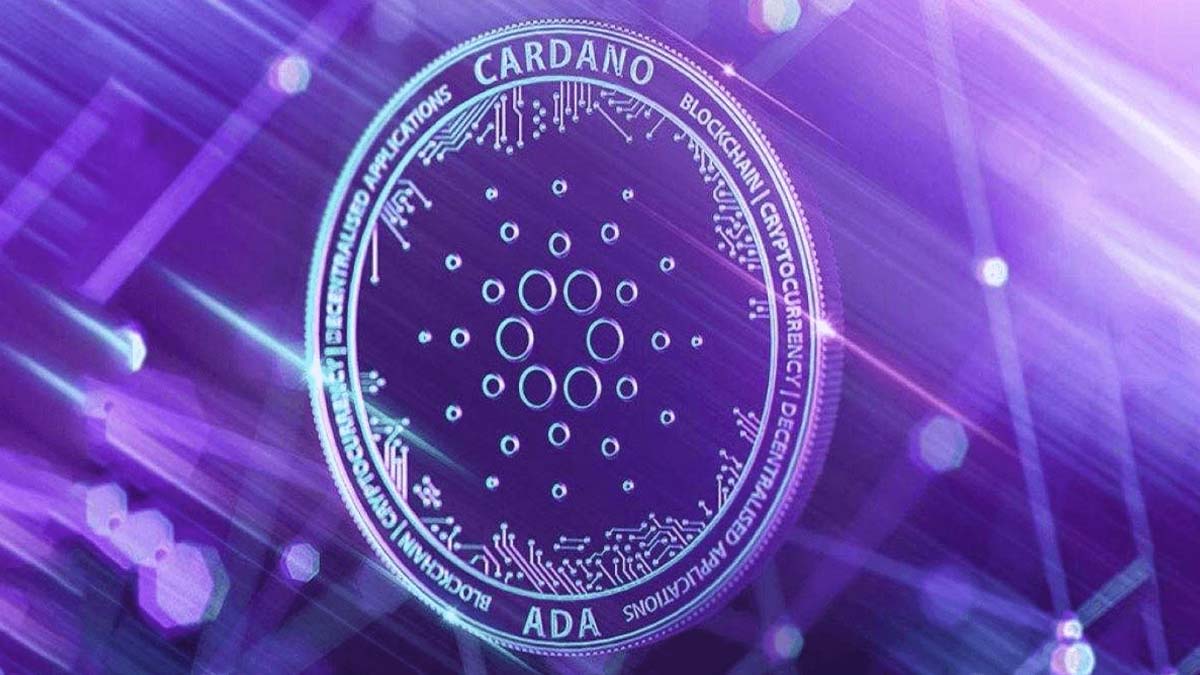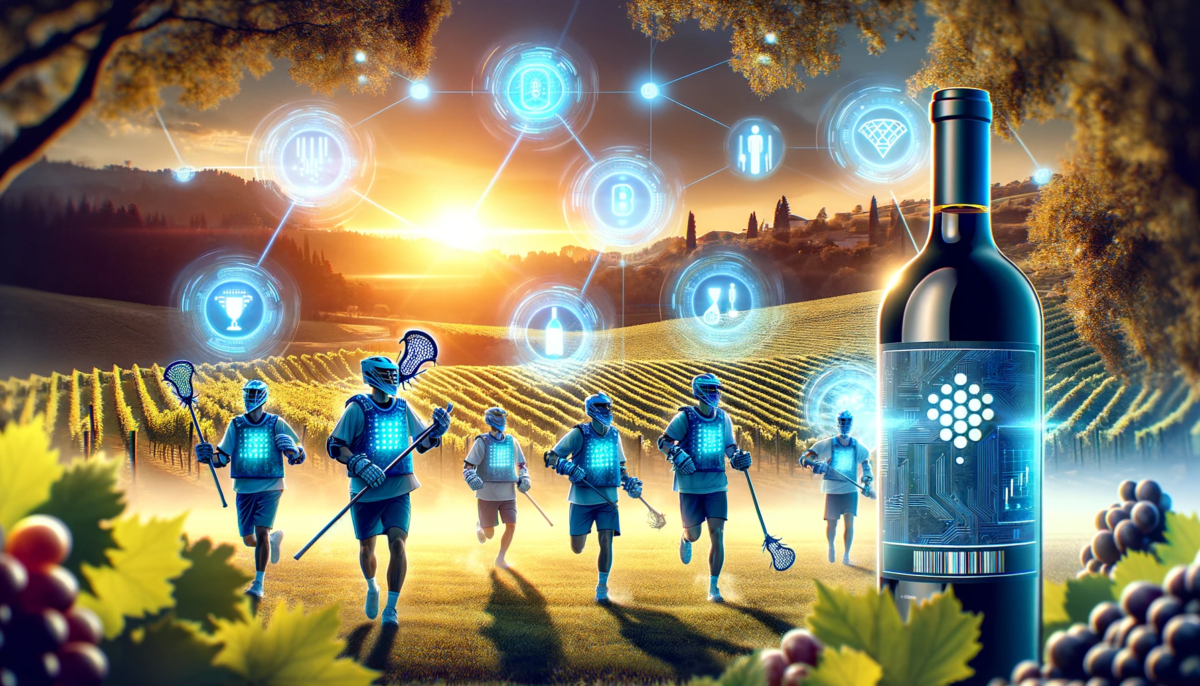Intro to Argus- NFT Fake Detection
The recent growth of the overall NFT market has created big challenges for development teams trying to scale market infrastructure. And as NFT trading volume has increased dramatically, so has the incentive for bad actors to sell plagiarized art and counterfeit NFTs.


The Challenge —
The recent growth of the overall NFT market has created big challenges for development teams trying to scale market infrastructure. And as NFT trading volume has increased dramatically, so has the incentive for bad actors to sell plagiarized art and counterfeit NFTs.
At the same time, the need to verify the legitimacy of NFT collections has created problems for many NFT creators. Since it takes marketplaces just as much effort (if not more) to verify a small collection as a large one, marketplaces are incentivized to put off verifying smaller collections in favor of larger ones that generate more revenue. And for creators of smaller NFT collections, this incentive frequently leads to lengthy delays in gaining visibility on leading marketplaces.
Even in relatively small NFT ecosystems, current verification methods create market bottlenecks that are bad for creators, marketplaces and collectors. And these methods have proven wholly inadequate to process the trade volume of the largest NFT marketplaces — where countless fake and plagiarized NFTs have been sold to unwitting users. What’s more, unless a scalable solution to the problem of fake and plagiarized NFTs is brought to market, this problem is bound to get much worse. While the NFT market has seen explosive growth over the past two years, the vast majority of people around the world still don’t know what an NFT is, so we’re almost certainly still early in the adoption curve of NFT art and collectibles. And as hundreds of millions more NFTs are minted across multiple blockchains, there will be countless opportunities for bad actors to exploit creators and collectors through plagiarizing artwork and counterfeit NFTs. And there won’t be much marketplace operators can do to stop them, because current collection verification methods can’t accommodate this kind of growth.
A Nifty Solution
Argus is an industry-first solution to the problem of fake/counterfeit NFTs and plagiarized artwork being sold as NFTs. Its core protocol employs artificial intelligence and machine learning (AI/ML) to verify the minting history of NFTs, providing stakeholders information they need to determine whether an NFT is an original or a copy.
Argus’ AI/ML protocol is comprised of two main components:
- Artificial intelligence models to identify whether NFT images are copies of previously minted NFT images. (Argus currently supports image files only, but we’ve done extensive research on how to extend support to audio (i.e. music) and video files, and plan to start building out that support in Q1, 2023.)
- A custom, machine learning model that assesses image similarity and other data to fine-tune Argus’ determinations and achieve the highest level of accuracy possible.
Additionally, in the coming months our team will be building and launching Aegis (pronounced ee-jis or ahh-jeez, depending on whether you’re an artist or art thief). Aegis is an image registration and notification service built on top of Argus. And it enables NFT project owners, collectors and visual artists to protect their assets into the future with Argus’ AI/ML. Once they register their images with Aegis, stakeholders in image-based NFTs and other visual artwork will receive notifications if copies of their images are ever minted as NFTs. These notifications will include:
· a timestamp of when they registered their image with Aegis;
· a timestamp of when the copy was minted;
· which blockchain the copy was minted on;
· and instructions on how to protect the originality of their assets if the minting was unauthorized.
Also, the service will enable users to cryptographically prove when they registered specific images with Aegis without them ever needing to publish these images. To learn more about our Aegis service, and how we plan to leverage it to accelerate adoption of Cardano NFTs, you can check out our proposal for Fund 8 of Project Catalyst.
By offering Argus to Cardano collectors and marketplaces, and offering Aegis on Cardano to stakeholders in NFTs and visual arts, we’ll bring significant new protections to Cardano that aren’t currently available to participants in any other NFT ecosystem. And once Argus is fully operational and protecting the Cardano NFT ecosystem from multiple angles, we’re confident its presence on Cardano will be like a surveillance camera and alarm on a home in a neighborhood of otherwise unprotected houses: It will be a strong deterrent for thieves considering where to steal and sell stolen artwork. The architecture of leading, Cardano NFT marketplaces already makes them safer and more secure for traders than leading marketplaces on Ethereum and other blockchains, and we’re confident that the advent of Argus and other innovations we’re working on will make Cardano’s NFT ecosystem the most safe and secure among public, permissionless blockchains.
Fortunately, key stakeholders in the Cardano community share our goal of making Cardano the safest, most trusted ecosystem for minting and trading NFTs. They understand the growth of the Cardano NFT ecosystem is at a key inflection point: Marketplaces are beginning to experience significant problems with fake and plagiarized NFTs, and leading marketplaces are already struggling to verify the number of collections launching. At the same time, on Cardano these problems haven’t yet gotten big enough to broadly undermine the trust of users (as they have in other ecosystems). The time to bring Argus to Cardano is now, and we’re excited we’ll soon be in the position to announce some partnerships that will help us make that happen.
That said, our team also understands the protection offered by Argus is a function of how well it keeps track of NFTs in general — not just how well it keeps track of NFTs on Cardano. As the number of NFTs created continues to grow, one of the ways bad actors will exploit the space is by creating cross-chain copies of NFT collections. This type of scam is already being carried out to an unknown extent, but as the overall market continues to grow, and NFT minting increasingly migrates to PoS blockchains where minting is relatively inexpensive, the opportunities to carry out this kind of scam will increase dramatically.
For this reason, our last key, near-term objective for Argus is multi-chain support. The full, protective value of Argus will only be achieved once it can detect NFT copies and plagiarized artwork on every major, permissionless blockchain, so we’re designing Argus’ AI and ML model to be chain agnostic, and will prioritize developing support for additional blockchains starting in Q4 of this year. At the same time, as soon as we’re able to ramp up our team’s development capacity, we’ll be working on two additional applications to be launched on Cardano. Both these applications build upon the infrastructure and functionality of Argus. And apart from being really cool, we can say we think the more ambitious one will be a gamechanger in terms of what collectors expect in investing in NFTs, and how creators protect their intellectual property via NFTs.
Like What We’re Building? Here’s How to Support:
Thanks so much for taking the time to learn about the things we’re building. If you appreciate our work, please take a minute or two to consider these action items and which (if any) are ways you’d like to support our efforts:
1) Be among the first to follow our new Twitter account — and among the first to know about upcoming partnerships, product launches, NFT drops, and product survey reward opportunities.
2) Vote for our F8 Catalyst proposal so we can leverage Aegis to accelerate Cardano NFT adoption.
3) Delegate to EASY1 stake pool to help us focus more on development, and less on funding development.
4) Use (and give us feedback on) the Alpha version of Argus, available now at argusnft.com.
Aside from that, if you have questions or other inquiries about Argus, we’d love to hear from you at [email protected].
SNEKbot by DexHunter on CARDANO
Cardano's Telegram Trading Bot live on Cardano mainnet!TRADE NOW!








